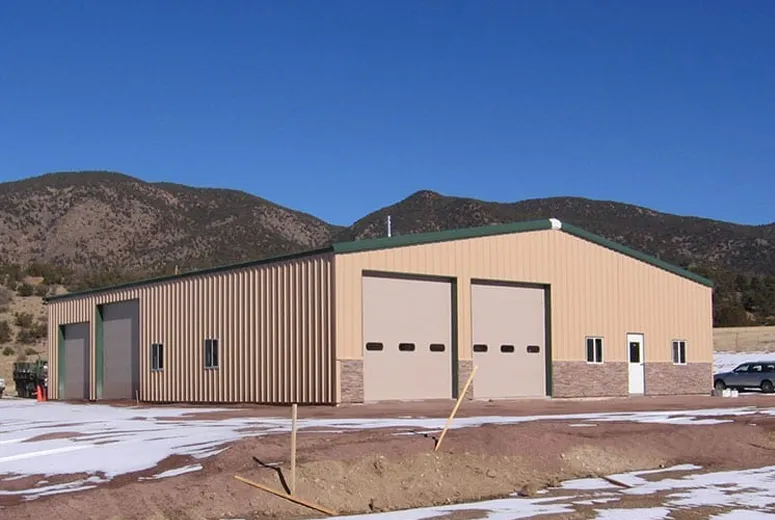- Afrikaans
- Albanian
- Amharic
- Arabic
- Armenian
- Azerbaijani
- Basque
- Belarusian
- Bengali
- Bosnian
- Bulgarian
- Catalan
- Cebuano
- Corsican
- Croatian
- Czech
- Danish
- Dutch
- English
- Esperanto
- Estonian
- Finnish
- French
- Frisian
- Galician
- Georgian
- German
- Greek
- Gujarati
- Haitian Creole
- hausa
- hawaiian
- Hebrew
- Hindi
- Miao
- Hungarian
- Icelandic
- igbo
- Indonesian
- irish
- Italian
- Japanese
- Javanese
- Kannada
- kazakh
- Khmer
- Rwandese
- Korean
- Kurdish
- Kyrgyz
- Lao
- Latin
- Latvian
- Lithuanian
- Luxembourgish
- Macedonian
- Malgashi
- Malay
- Malayalam
- Maltese
- Maori
- Marathi
- Mongolian
- Myanmar
- Nepali
- Norwegian
- Norwegian
- Occitan
- Pashto
- Persian
- Polish
- Portuguese
- Punjabi
- Romanian
- Russian
- Samoan
- Scottish Gaelic
- Serbian
- Sesotho
- Shona
- Sindhi
- Sinhala
- Slovak
- Slovenian
- Somali
- Spanish
- Sundanese
- Swahili
- Swedish
- Tagalog
- Tajik
- Tamil
- Tatar
- Telugu
- Thai
- Turkish
- Turkmen
- Ukrainian
- Urdu
- Uighur
- Uzbek
- Vietnamese
- Welsh
- Bantu
- Yiddish
- Yoruba
- Zulu
Nov . 17, 2024 13:57 Back to list
Understanding Agriculture Hoop Buildings A Versatile Solution for Modern Farming
In the ever-evolving landscape of agriculture, farmers are continuously seeking innovative solutions that enhance productivity while maximizing the efficiency of their operations. One of the standout solutions that have gained traction over recent years is the use of hoop buildings. These structures represent a blend of functionality, cost-effectiveness, and adaptability, making them an ideal choice for various agricultural applications.
What Are Hoop Buildings?
Hoop buildings, often referred to as hoop structures or hoop houses, are essentially large, arched frames covered with a flexible, durable material, commonly polyethylene film or fabric. Unlike traditional barns or storage facilities, hoop buildings offer a unique combination of lightweight construction and high durability. The design typically features a series of steel or aluminum hoops that are anchored into the ground, creating a spacious environment that can accommodate a variety of agricultural needs.
Key Advantages of Hoop Buildings
1. Cost-Effectiveness
One of the primary attractions of hoop buildings is their cost-effectiveness. Compared to conventional permanent structures, hoop buildings are significantly less expensive to construct and maintain. Farmers can often install these structures without extensive foundational work, thereby reducing labor and material costs. This affordability makes them accessible not only to large-scale operations but also to small and mid-sized farms.
2. Versatility
Hoop buildings are incredibly versatile and can serve multiple functions. They can be used for crop production, livestock housing, equipment storage, or even as workshops. In the context of crop production, hoop houses are particularly beneficial for extending growing seasons. By providing a controlled environment, farmers can cultivate crops earlier in the spring and later in the fall, maximizing yield and allowing for the cultivation of high-value crops that may not thrive in the local climate.
3. Enhanced Environmental Control
The design of hoop buildings allows for superior environmental control compared to open-field farming. With proper ventilation, humidity control, and temperature regulation, these structures create an optimal environment for plant growth. This level of control means that farmers can experiment with a wider variety of crops, achieving better growth outcomes and potentially increasing their market offerings.
agriculture hoop buildings

4. Easy Assembly and Relocation
Hoop buildings are relatively easy to assemble, with many kits available that streamline the construction process. This ease of assembly is particularly advantageous for farmers who may need to relocate their facilities due to changing agricultural practices or land use. Furthermore, the lightweight nature of hoop structures means they can be disassembled and moved more conveniently than traditional barns.
Applications in Agriculture
Hoop buildings have found numerous applications within the agricultural sector. They are widely used in
- Vegetable Production Many farmers use hoop houses for growing vegetables such as tomatoes, peppers, and leafy greens. The protection from harsh weather conditions and pests helps improve yield and quality.
- Livestock Housing For livestock, hoop buildings provide shelter that is more comfortable than traditional barns while allowing for adequate airflow and natural light. This can lead to healthier animals and improved productivity.
- Storage Solutions Farmers can utilize hoop structures for storing equipment, feed, and other materials, safeguarding them from environmental damage.
Conclusion
As the agricultural industry faces increasing challenges including climate change, fluctuating market demands, and the need for more sustainable practices, hoop buildings offer a practical and innovative solution. Their cost-effectiveness, versatility, and adaptability make them an appealing option for a wide range of agricultural purposes. As more farmers adopt this technology, we can expect to see a shift in how agricultural operations are structured and managed, leading to increased productivity and sustainability.
In summary, hoop buildings represent more than just a trend in agriculture; they embody a transformative approach to farming that meets the demands of modern agricultural practices. Whether for extending growing seasons, providing shelter for livestock, or storing essential equipment, hoop buildings are proving to be a valuable asset in the toolkit of today's farmers.
-
How Do Prefabricated Steel Structures Transform Modern Construction?
NewsJul.14,2025
-
How Do Prefabricated Metal Buildings Redefine Modern Construction?
NewsJul.14,2025
-
How Do Prefab Insulated Metal Buildings and Steel Structures Revolutionize Modern Construction?
NewsJul.14,2025
-
How Do Pre - Engineered Steel Structures Redefine Modern Construction?
NewsJul.14,2025
-
Advancing Modular Construction with Prefabricated Metal Structures
NewsJul.14,2025
-
Advancing Industrial Infrastructure with Prefabricated Steel Solutions
NewsJul.14,2025
Products categories
Our Latest News
We have a professional design team and an excellent production and construction team.












